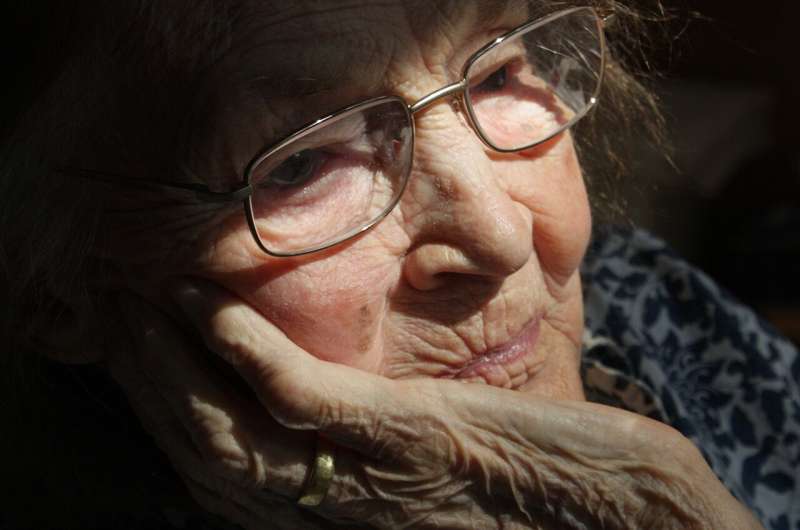Reevaluating Dementia Diagnosis: The Crucial Role of Sensory and Perceptual Changes

Emerging research emphasizes the critical role of sensory and perceptual changes in early dementia detection, advocating for a broader diagnostic approach beyond memory tests to improve patient care and outcomes.
Recent research and expert opinions highlight the importance of expanding our understanding of dementia beyond traditional memory assessments. While memory problems have long been regarded as the primary indicator of dementia, emerging evidence suggests that sensory and perceptual impairments—such as changes in vision, hearing, taste, touch, and balance—may serve as early signs that are often overlooked.
A team of leading dementia researchers, including Professor Andrea Tales from Swansea University, Dr. Emma Richards from Public Health Wales, and Professor Jan Kremláček from Charles University, argue for a new approach to diagnosis and care. Their insights are detailed in the book "A New Approach to Dementia," which involves collaborative input from individuals living with dementia and sensory difficulties.
Many individuals with dementia experience sensory abnormalities, including altered visual and auditory perceptions, difficulties processing noises—especially in noisy environments—and diminished senses of smell and taste. These changes can occur years before traditional symptoms like memory loss become evident, yet they are frequently missed during standard cognitive testing.
Recognizing these sensory shifts provides an opportunity for earlier intervention. Dr. Richards emphasizes that understanding sensory changes can help healthcare providers diagnose dementia sooner and tailor support strategies more effectively. Incorporating sensory and perceptual assessments into routine diagnostics could lead to more personalized care, maintaining independence and improving quality of life for those affected.
Experts advocate for a significant shift in clinical practice, including developing standardized protocols for sensory testing, training healthcare providers to recognize non-memory symptoms, and designing environments that accommodate sensory impairments. This broader approach aims not to replace traditional memory assessments but to complement them, offering a more comprehensive understanding of dementia.
Such advancements carry the potential to detect dementia at preclinical stages, where interventions might be more effective. Furthermore, addressing sensory issues can significantly mitigate daily life challenges, such as navigational difficulties, communication problems, and heightened anxiety, thus enhancing overall well-being.
In conclusion, redefining dementia evaluation to include visual, auditory, and other sensory assessments could revolutionize diagnosis, care, and support, fostering earlier detection, improved management, and better outcomes for individuals living with dementia.
Stay Updated with Mia's Feed
Get the latest health & wellness insights delivered straight to your inbox.
Related Articles
The Impact of Visual Training and Juggling on Elite Sports Performance
Emerging research shows that visual training, including juggling, can enhance athletes' visual and motor skills, offering a competitive edge in elite sports like rugby and cricket.
AI Innovation Enables Detection of Fatty Liver Disease via Chest X-Rays
Innovative AI model analyzes routine chest X-rays to detect fatty liver disease, offering a cost-effective and accessible diagnostic method that could transform early screening strategies.
Updated Guidelines for Diagnosing and Managing Heart Failure in Pregnancy and Postpartum
New guidelines from the Society for Maternal-Fetal Medicine highlight the importance of early diagnosis and multidisciplinary management of heart failure during pregnancy and postpartum to improve maternal and neonatal outcomes.
Analyzing Kennedy's Misguided Claims on mRNA Vaccines and Their Impact on Policy
Kennedy's claims about mRNA vaccines are scientifically unfounded and threaten to impact public health policies. Expert analysis clarifies the safety and efficacy of these vital vaccines amidst ongoing controversy.



